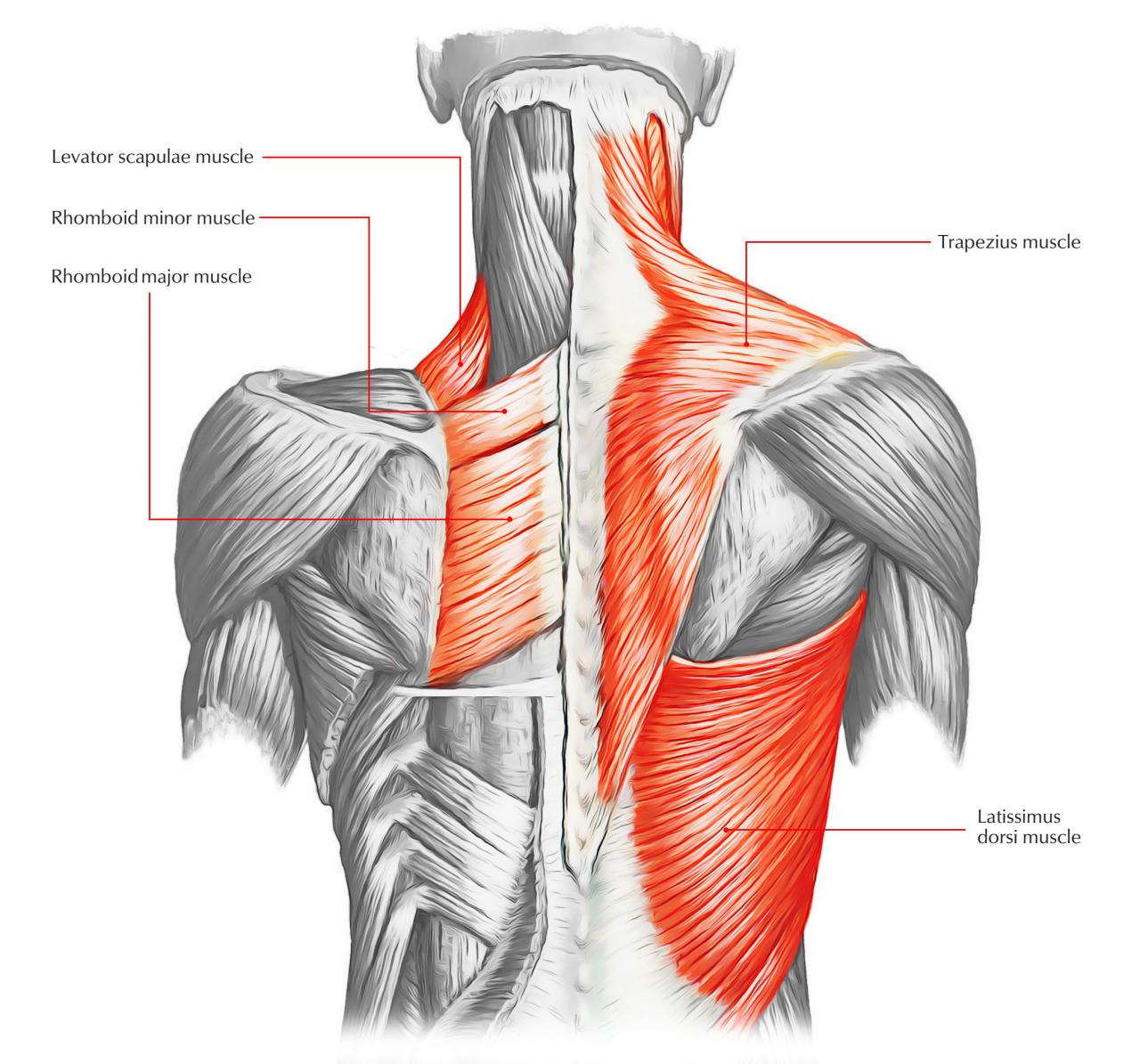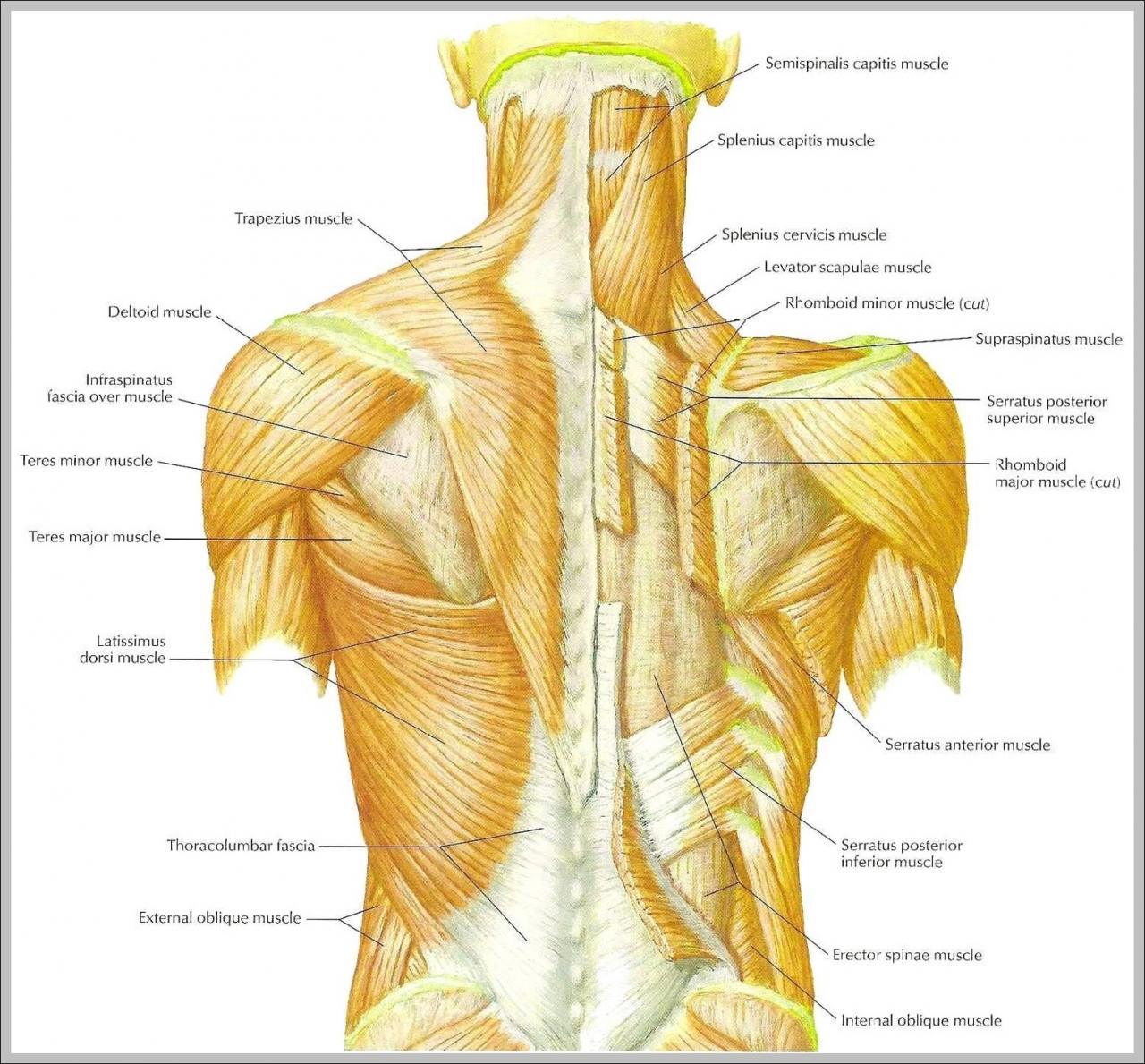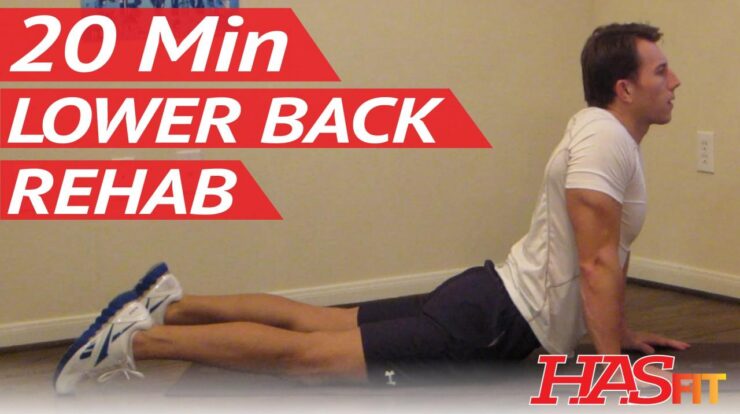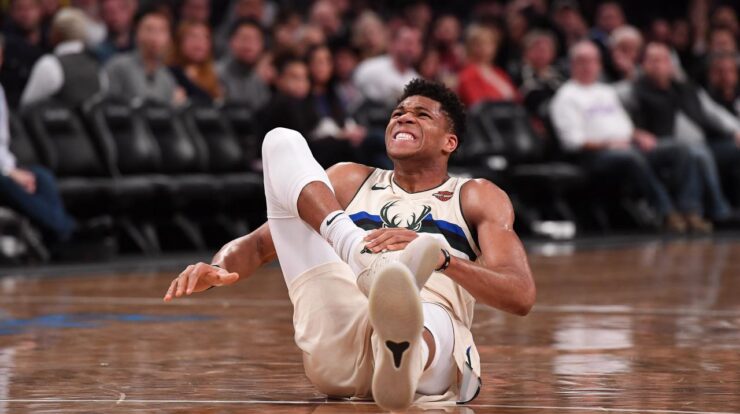
Back muscles play a crucial role in our posture, movement, and stability. Understanding their anatomy, exercises, and potential injuries is essential for maintaining a healthy and active lifestyle.
This comprehensive guide delves into the intricacies of back muscles, providing valuable insights for fitness enthusiasts, athletes, and individuals seeking to improve their overall well-being.
Snoopy, the beloved beagle from the Peanuts comic strip, is known for his love of his mother. This Mother’s Day, you can share the joy with your mom by sending her a Snoopy happy Mother’s Day greeting. Snoopy’s sweet and simple message will surely make her smile.
Anatomy of Back Muscles

The back muscles, also known as the posterior muscles, play a crucial role in posture, movement, and stability. They are responsible for extending, rotating, and laterally flexing the spine, as well as stabilizing the shoulder blades and pelvis.
Major Muscle Groups of the Back
- Trapezius:Extends and rotates the head and neck.
- Latissimus dorsi:Adducts, extends, and internally rotates the arm.
- Rhomboids:Retract and elevate the shoulder blades.
- Erector spinae:Extends the spine.
- Multifidus:Rotates and laterally flexes the spine.
Exercises for Back Muscles

Compound Exercises
- Barbell back squat:Targets the erector spinae, glutes, and quadriceps.
- Deadlift:Targets the erector spinae, hamstrings, and glutes.
- Pull-up:Targets the latissimus dorsi, biceps, and rhomboids.
- Rowing:Targets the latissimus dorsi, rhomboids, and trapezius.
Isolation Exercises
- Hyperextension:Targets the erector spinae.
- Back extension machine:Targets the erector spinae.
- Lat pulldown:Targets the latissimus dorsi.
- Cable row:Targets the latissimus dorsi and rhomboids.
Common Back Muscle Injuries

Strains
Strains occur when a muscle is overstretched or torn. They can be caused by sudden movements or repetitive stress.
Sprains
Sprains occur when a ligament is stretched or torn. They can be caused by falls or twisting injuries.
Tears
Tears occur when a muscle or tendon is completely ruptured. They can be caused by severe trauma or overuse.
Strengthening Back Muscles for Sports
Strong back muscles are essential for athletes in various sports, including football, basketball, and weightlifting.
Regular exercise is the best way to prevent flexibility issues. Exercise helps to keep the muscles and joints flexible, and it also improves range of motion. Regular exercise can also help to reduce pain and stiffness, and it can improve overall mobility.
Benefits of Strong Back Muscles
- Improved posture
- Increased stability
- Enhanced power
- Reduced risk of injury
Exercises for Athletes
- Deadlift:Targets the erector spinae, hamstrings, and glutes.
- Pull-up:Targets the latissimus dorsi, biceps, and rhomboids.
- Rowing:Targets the latissimus dorsi, rhomboids, and trapezius.
- Back extension machine:Targets the erector spinae.
Stretching Back Muscles for Flexibility
Benefits of Stretching Back Muscles
- Improved range of motion
- Reduced muscle soreness
- Enhanced posture
- Reduced risk of injury
Stretches for Back Muscles
- Child’s pose:Stretches the lower back and hamstrings.
- Cat-cow stretch:Stretches the spine and neck.
- Cobra stretch:Stretches the upper back and shoulders.
- Seated spinal twist:Stretches the spine and hips.
Epilogue
In conclusion, back muscles are a complex and vital part of our musculoskeletal system. By understanding their anatomy, engaging in targeted exercises, preventing injuries, and maintaining flexibility, we can harness their full potential for optimal health and performance.
FAQ Insights
What are the major back muscle groups?
Mother’s Day is a special day to celebrate the women who have given us life. This year, why not send her a special happy Mother’s Day greeting ? There are many different ways to say “Happy Mother’s Day,” so you can find the perfect one to express your love and appreciation.
The major back muscle groups include the trapezius, latissimus dorsi, rhomboids, erector spinae, and quadratus lumborum.
What are the most common back muscle injuries?
Back pain is a common complaint, and one of the most common causes is weak back muscles . When the back muscles are weak, they cannot support the spine properly, leading to pain and discomfort. Regular exercise can help to strengthen the back muscles and prevent back pain.
The most common back muscle injuries are strains, sprains, and tears, which can occur due to overuse, poor posture, or trauma.
How can I strengthen my back muscles?
Effective back muscle strengthening exercises include pull-ups, rows, deadlifts, and back extensions.
How can I improve my back muscle flexibility?
Stiff and tight muscles can lead to a myriad of health issues, including back pain. To prevent such ailments, regular exercise is crucial. Studies have shown that physical activity helps maintain flexibility and range of motion, reducing the risk of muscle stiffness and pain.
Stiff and tight muscles can result in back pain due to their inability to support the spine properly, leading to misalignment and discomfort.
Stretching exercises such as the child’s pose, cat-cow pose, and seated spinal twist can help improve back muscle flexibility.





